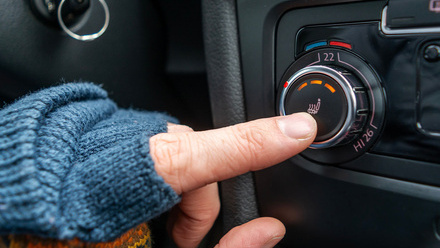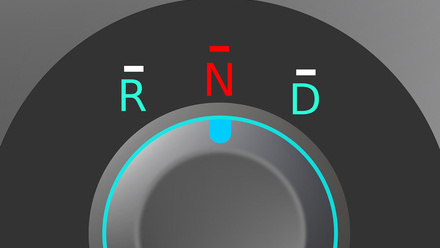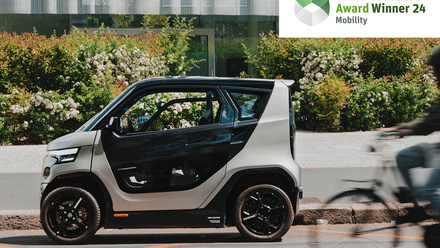Removing road blocks
The end of the road could be in sight for touchscreens in cars amid growing concerns about drivers being distracted by increasingly convoluted panels. Safety industry body Euro NCAP has stated that new guidance will be introduced next year, with better safety ratings awarded for physical controls. The changes mean voice technology is emerging as a solution to the need to address safety concerns while meeting customer expectations for modern, intuitive controls.
Despite the widespread adoption of voice-activated systems in our homes, their use in motoring remains limited. Research presented at our Ergonomics & Human Factors 2025 conference has now looked at the barriers to using these systems, including interviews with people who use them in their homes, cars, both or neither. Eight main issues were highlighted: device performance, privacy, passivity, experience, effort required, authority and control, usage preferences and device multiplicity.
Device performance included concerns about voice recognition and responsiveness to the ‘wake word’ used to activate the system. People complained systems can’t recognise regional accents, while road and background noise prevented the system from picking up on wake word use.
Privacy concerns “were frequently mentioned”, the researchers said, with users believing smart systems were listening to conversations. Passivity was highlighted as a reason for voice systems being underutilised, with people overlooking them due to their dormant state until being activated. One participant said they “forget what it can do”.
Users’ experience of interactive voice response (IVR) systems, usually integrated into helplines, have also negatively shaped people’s perception of voice systems because “when I say something, it very often gets it wrong”. The study also found the effort of set-up and issues during use was another barrier, with people saying the lack of specific error messages made it difficult to diagnose and resolve problems.
Concerns over authority and control included anyone being able to interact with the system and children getting around parental controls through voice commands. Study participants also said their usage preference was manual control through buttons, while frustration over device multiplicity included devices in different rooms responding to a command and compatibility between different operating systems: “I struggle to switch between Alexa and Siri.”
When it comes to driving, most of the eight barriers were linked to distraction and the safety consequences.






